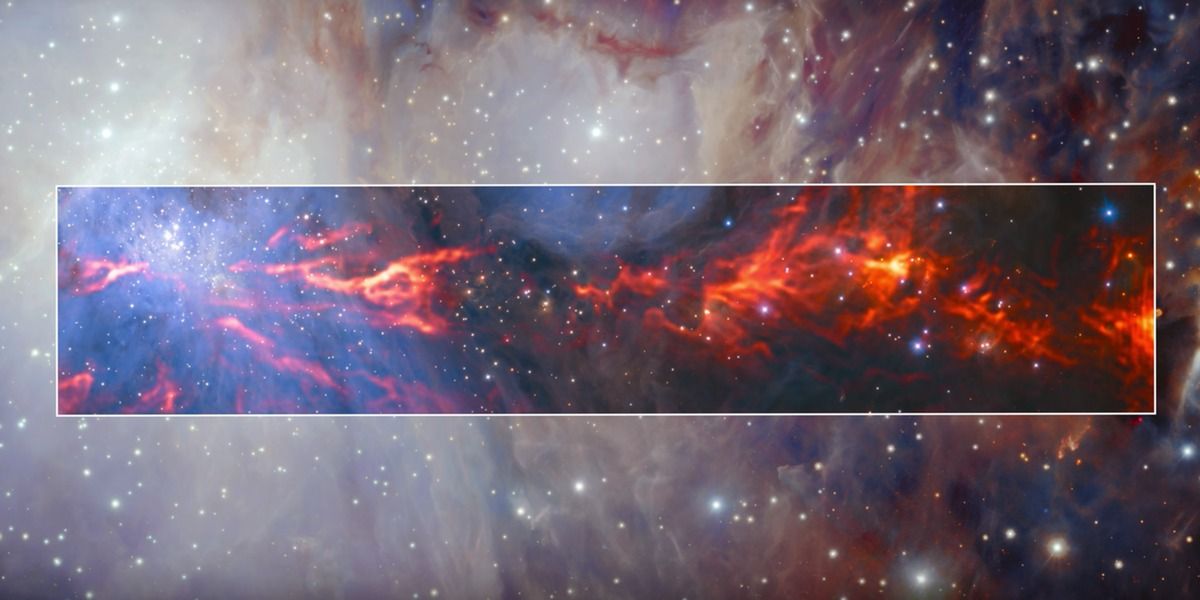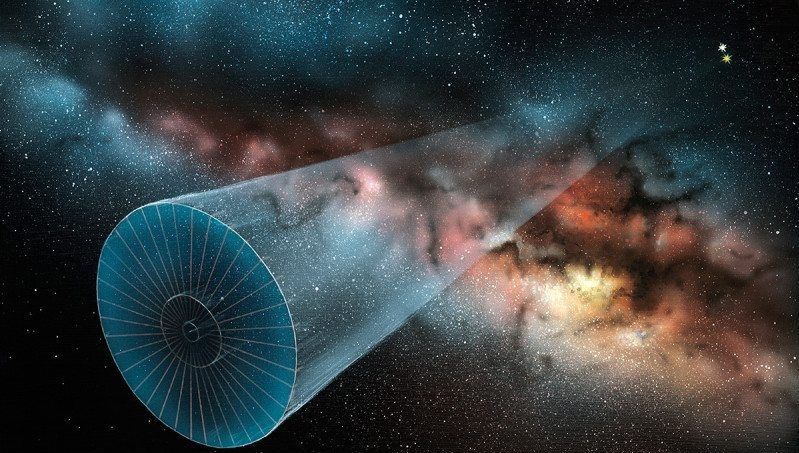Thousands of pulsars have been discovered since the announcement of their detection 50 years ago.



Sending a spacecraft to the far reaches of our solar system to mine asteroids might seem like an improbable ambition best left to science fiction. But it’s inching closer to reality. A NASA mission is underway to test the feasibility on a nearby asteroid, and a niche group of companies is ramping up to claim a piece of the pie.
Industry barons see a future in finding and harnessing water on asteroids for rocket fuel, which will allow astronauts and spacecrafts to stay in orbit for longer periods. Investors, including Richard Branson, China’s Tencent Holdings and the nation of Luxembourg, see a longer-term solution to replenishing materials such as iron and nickel as Earth’s natural resources are depleted.
Millions of asteroids roam our solar system. Most are thought unsuitable for mining, either because they’re too small, too inaccessible to Earth or because the materials that make up the asteroid have little value. But we know of almost 1,000 asteroids that show potential. Timing is everything, though. The varied orbits of these asteroids mean that many are nearby only once every several years.

Neutron stars aren’t the twinkle-twinkle kind you typically see in the night sky. They’re stellar corpses, and incredibly dense sources of gravity, with perhaps 1.5 times the mass of the sun packed into an area less than a dozen miles across. Around 9,000 light years away from Earth, one neutron star seems to have befriended a red dwarf. And scientists observed the new relationship beginning in a flash of energy.
An international team of researchers first spotted what looked like the symbiotic relationship of an old red dwarf star waking up a neutron star on August 13, 2017, using an Earth-orbiting telescope called INTEGRAL. While binary stars are common, lots of things about this finding, from capturing the initial blast that signaled the start of the stellar relationship, were a surprise.
“It was a very exciting find,” study author Arash Bahramian from Michigan State University told Gizmodo, “Especially given that it’s rare to see the start of the process.”


What you do on the Internet is nobody’s business but yours. At ProxySite.com, we stand between your web use and anyone who tries to sneak a peek at it. Instead of connecting directly to a website, let us connect to the website and send it back to you, and no one will know where you’ve been. Big Brother (or other, less ominous snoops) won’t be able to look over your shoulder and spy on you to see what you’re reading, watching or saying.

Our galaxy may contain billions of habitable worlds that don’t host any life. Should we attempt to change that?Claudius Gros at the Goethe University Frankfurt, Germany, thinks we should. He believes in directed panspermia: deliberately seeding life throughout the cosmos. And to do that, he proposes we use a laser propulsion system that may not be technically out of reach.

Breakthrough Starshot is a project with ambitious aims to use such systems to send tiny, lightweight probes to Alpha Centauri. The goal is to take pictures of our nearest star, but these systems could also deliver much larger payloads into orbit around nearby stars, says Gros.

You’re looking at an image of an enormous ring of debris, 237 light years away from Earth, orbiting a long-studied, young star called HR 4796A. While the bright white ring of debris may be the most visually striking part of the image, astronomers are more excited about what’s around it: the much larger, less-concentrated area of dust around it.
Scientists have long known about the dust and ring surrounding the star. The ring alone is 77 astronomical units in radius, almost twice Pluto’s average distance from our our sun. But a team recently took another look with the Hubble Space Telescope, and learned that the structure was in fact much larger and more complex than they previously thought.
“The resulting images unambiguously reveal the debris ring embedded within a much larger, morphologically complex, and biaxially asymmetric exo-ring scattering structure,” the authors wrote in the paper published recently in The Astronomical Journal. In other words, it’s big and weird-shaped. Check it out:
An Australian research team are considering the benefits of “trying to land” an asteroid on earth for mining possibilities.

In the course of the last century, science fiction has been a harbinger of things to come. From the automatic sliding doors of Star Trek to visual communication, cyberspace, and even the moon landing, many of our present technological achievements were dreamed up in the futuristic visions of science fiction authors of the 1960s and 70s. Indeed, the fantastical world of science fiction, while not intended to be prophetic, has ended up acting as a blueprint for our modern world.
We have learned from science fiction not only the possibilities of technology, however, but also its irreconcilable dangers. Readers of the genre will recognize the many stories warning us of the hazards of space travel, mind enhancement, and artificial intelligence. These fictional accounts cautioned that if we were not careful, our freedom to transform the world around us would transmogrify into a self-enforced slavery.
Nonetheless, while many of us remembered that these were just stories, intended as speculations about a possible future—in other words, they were fiction before science—through them, we became used to the idea that any advanced technology was inherently dangerous and its use always suspect. Moreover, it became a commonplace idea that technologies whose aim was to change or transform the human being—whether genetic, biological or reconstructive—would lead to a future worthy of Mary Shelley’s Frankenstein.

China is intensifying its push into space, and broadening its astronaut recruiting.
The Chinese government, which plans to increase the number of manned missions in its military-backed space program to around two a year, will soon begin recruiting civilian astronauts, Yang Liwei, deputy director of the China Manned Space Engineering Office, told reporters on the sidelines of a ceremonial parliament session this weekend. That’s a departure from China’s practice of drawing its astronauts from among air force pilots.
Yang—who was China’s first man in space in 2003—said the trainees could include private-sector maintenance engineers, payload specialists, pilots, scientists, and people from universities and other research institutions, according to the Associated Press. More women are also being encouraged to apply. The loosening of restrictions comes amid NASA’s announcement that it has recruited America’s most competitive class of astronauts ever, as well as other initiatives like Canada’s Hunger Games -style search for new astronauts on the internet.